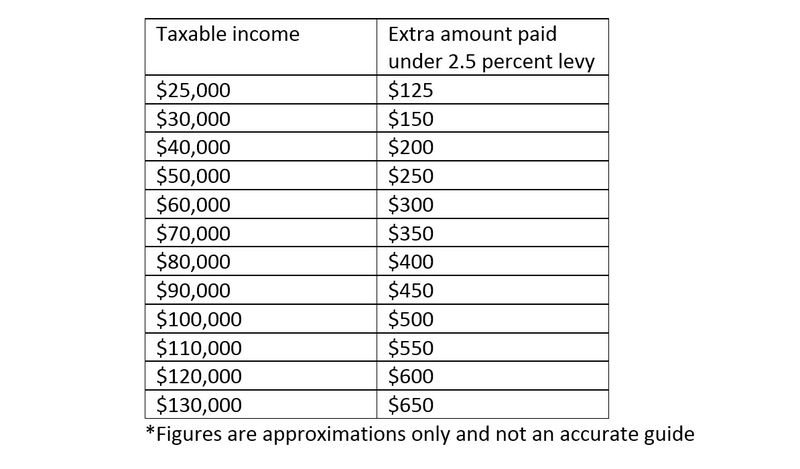
The Tax Office has flagged work-related car expenses as a concern this tax time.
The ATO is targeting those who make mistakes or deliberately lodge false claims. Examples include:
- Claiming things they are not entitled to, i.e., private trips such as work to home travel
- Making claims for trips that did not occur
- Claiming expenses that their employer has already reimbursed them for.
Advancements in data-matching technology allow the ATO to match individuals with peers in similar occupations, earning similar amounts of income. Analytics is also used to identify claim patterns, i.e., over 800,000 people claimed exactly 5,000kilometres under the cents per kilometre method last year.
The best way to avoid making a mistake include:
- only making a car claim if you paid for the expense yourself and were not reimbursed;
- it was directly related to earning your income; and,
- you must have a record to support the claim.
An example of a legitimate car claim is travelling between work sites or between jobs as part of your job.
Before you submit a car claim, consider if your employer would agree you needed to undertake the trips as part of your job. Employers may be contacted if your claim raises a red flag.










